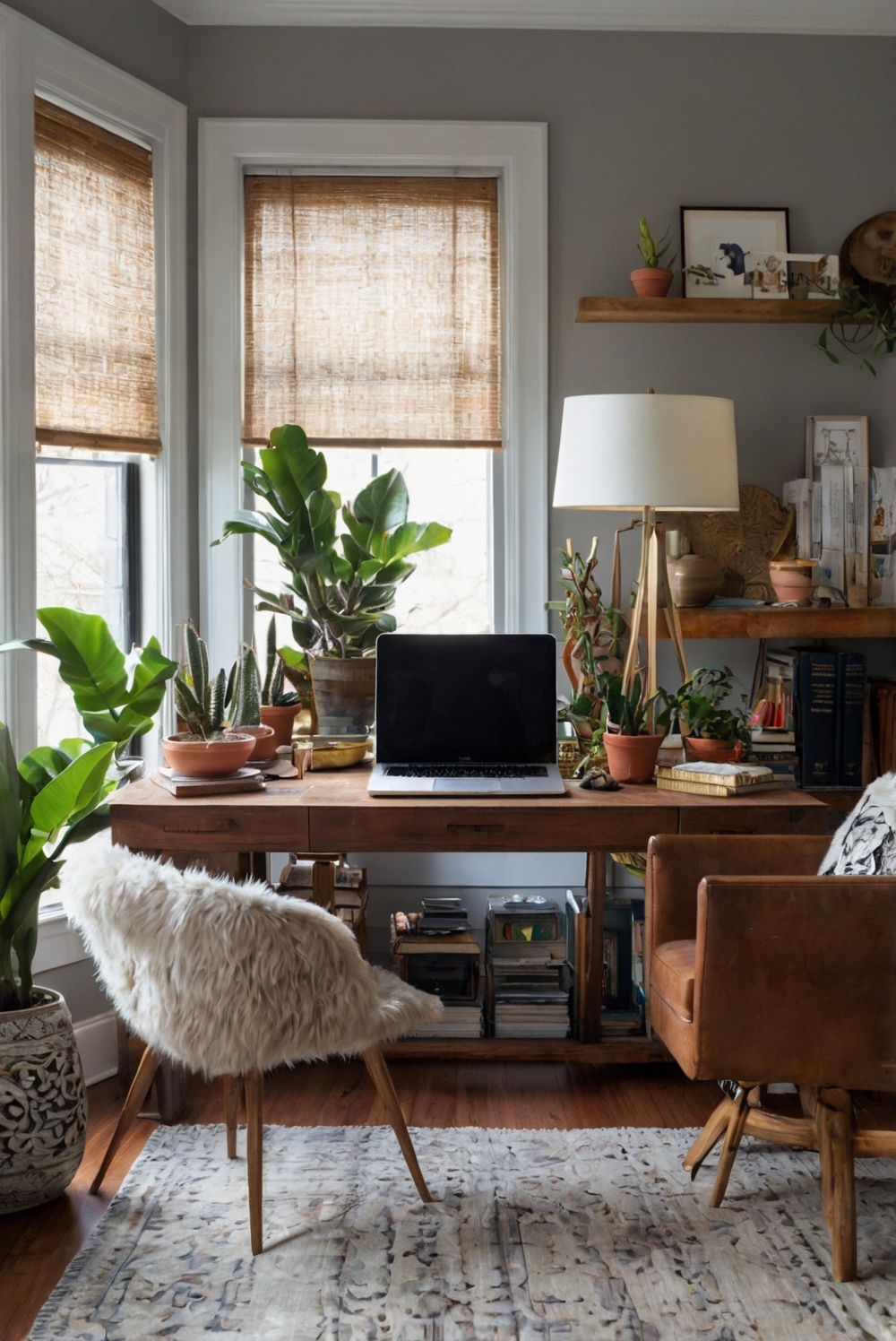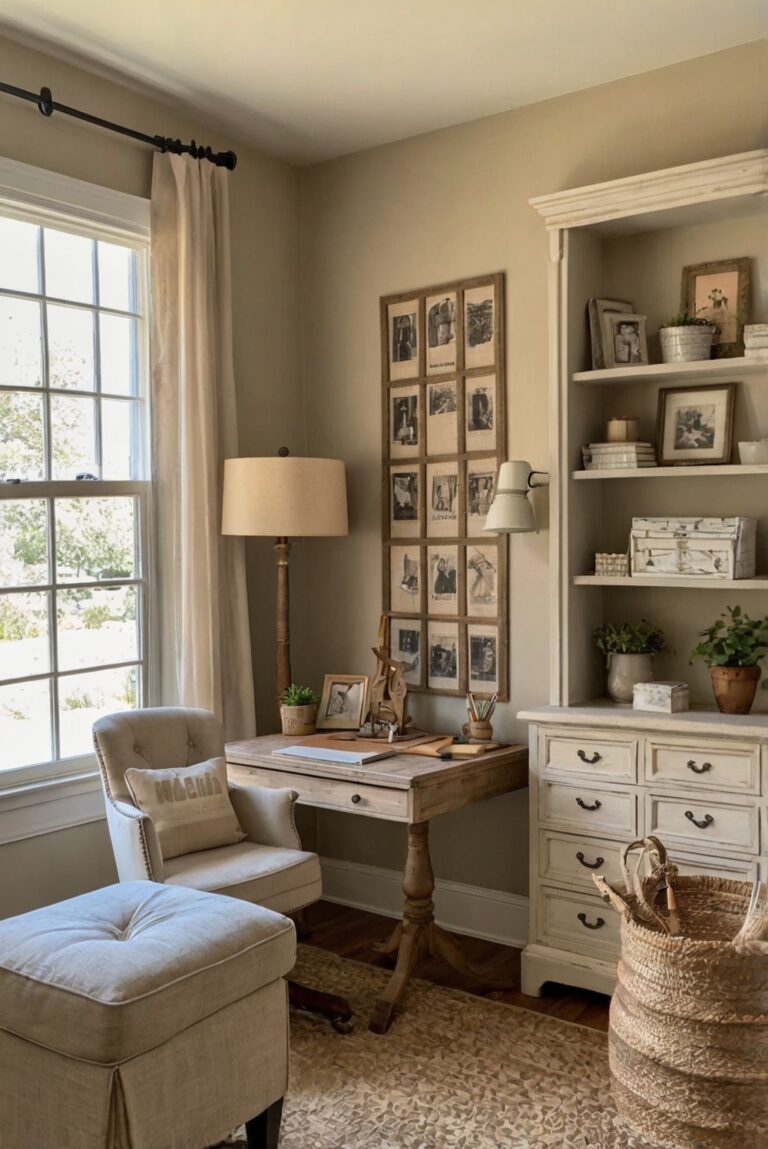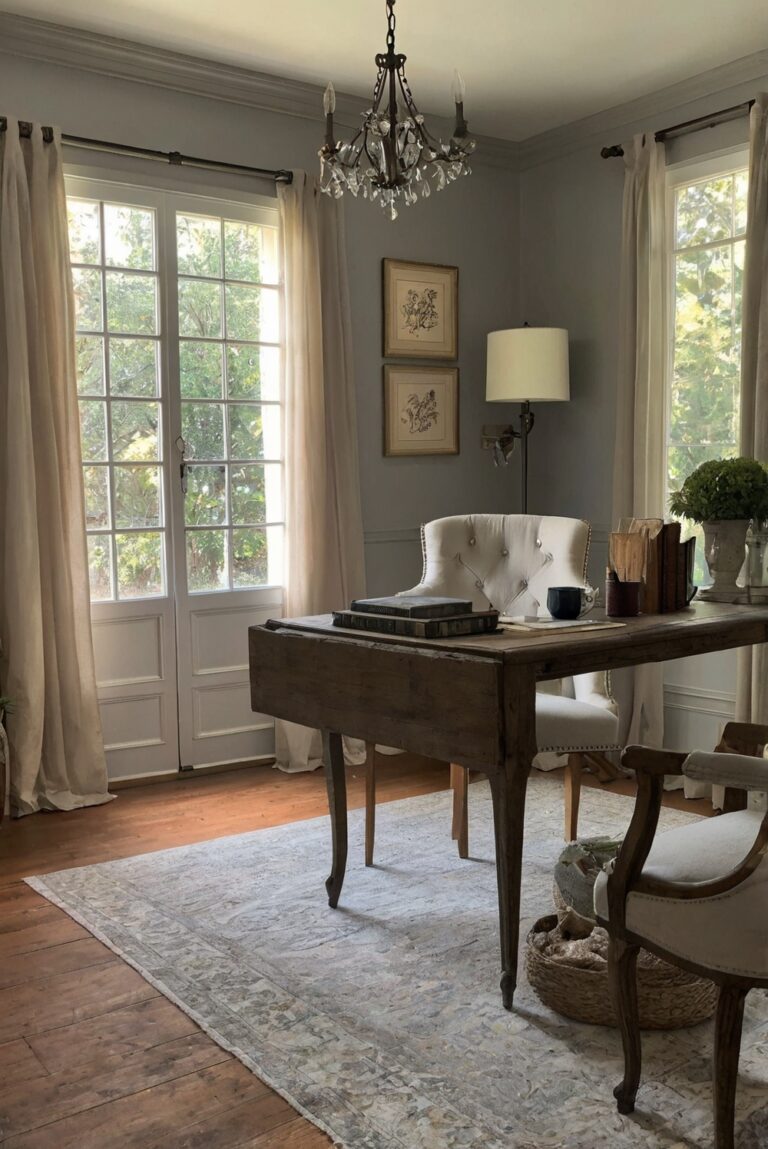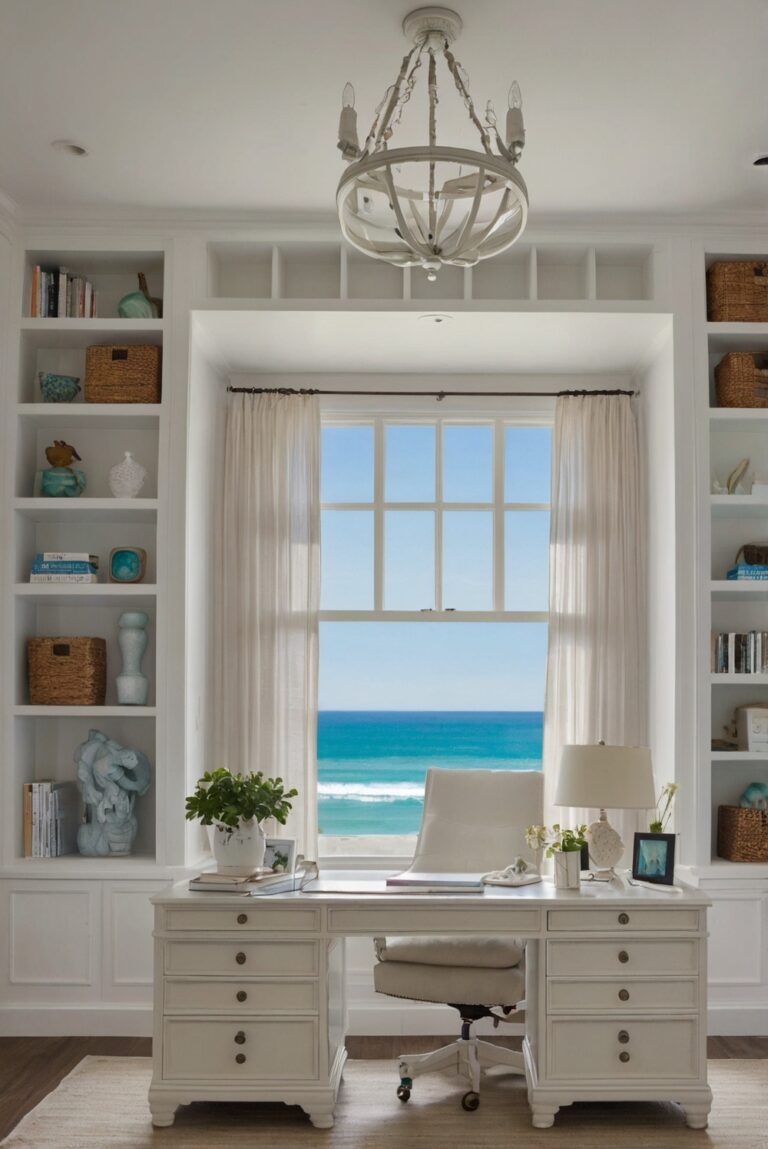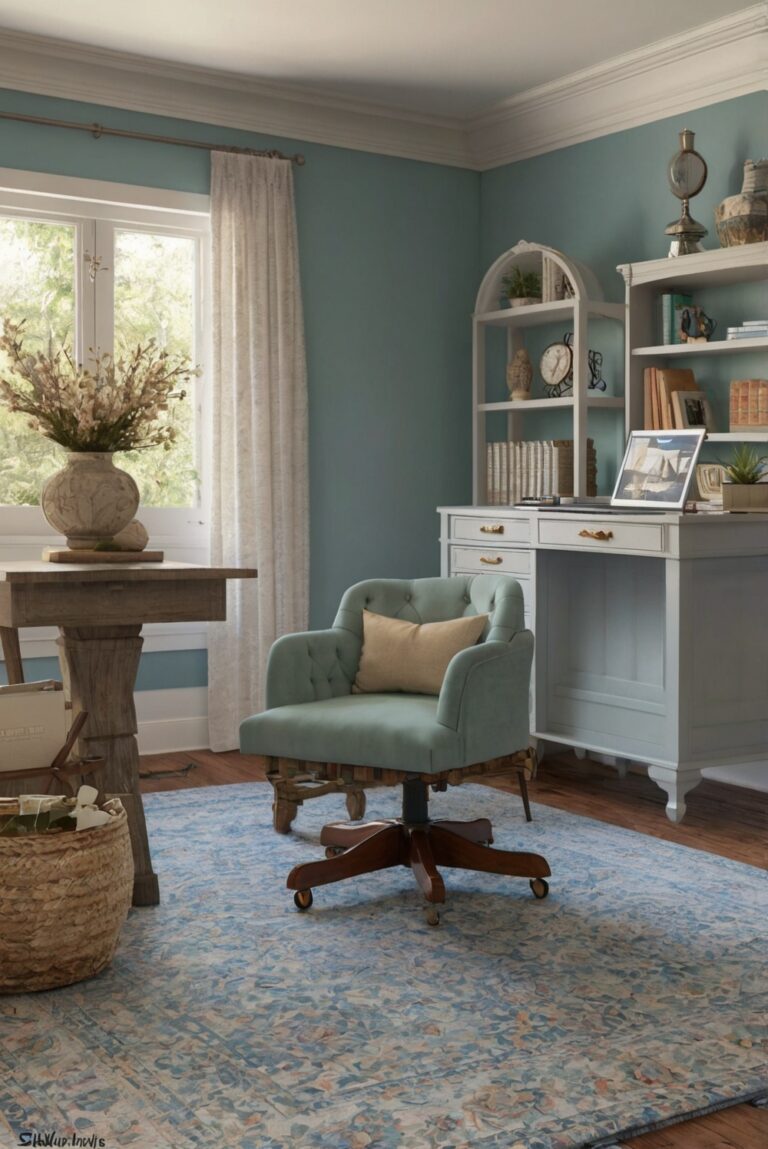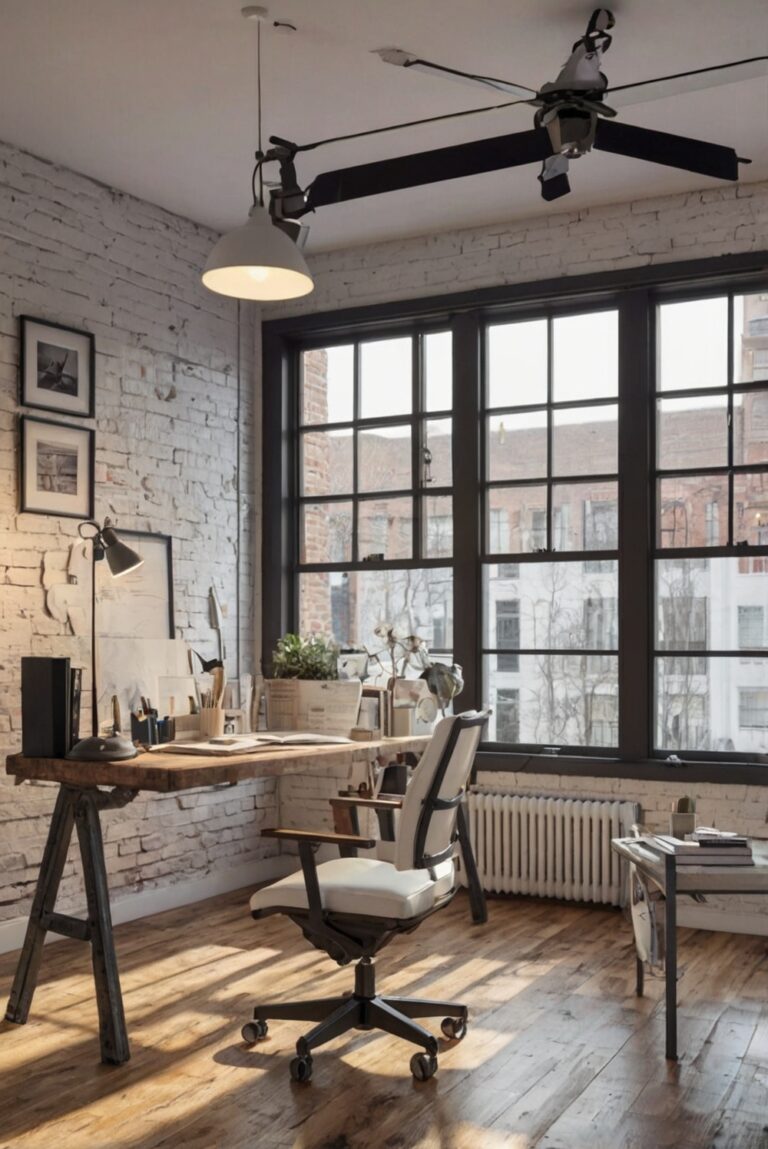How to choose the right desk for a shared home office?
Discover expert tips and advice on selecting the perfect desk for a shared home office. Streamline your space with functional and stylish desk options.
How to choose the right desk for a shared home office?
Home Decor Ideas: Choosing the perfect desk for a shared home office involves important considerations to ensure functionality and style. Begin by measuring the available space and selecting a desk that fits well and provides ample workspace for multiple users. Opt for a design that complements the home interior and promotes productivity. Consider the desk material, storage options, and ergonomic features to enhance comfort. Incorporate space planning techniques to create a harmonious environment that encourages creativity and efficiency. Choose paint colors that inspire focus and creativity, making the shared home office a vibrant and inspiring workspace for everyone.
Consider the Space:
When choosing a desk for a shared home office, it is crucial to consider the space available. Measure the area where the desk will be placed to ensure it fits comfortably and allows for easy movement. Take into account the layout of the room and how the desk will fit in with other furniture.
Assess the Needs:
Understanding the needs of all individuals who will be using the desk is essential. Consider the type of work that will be done, the equipment that will be used, and any specific requirements such as storage space or cable management. Make a list of must-have features to guide your selection.
Choose the Right Style:
The style of the desk should complement the overall design of the home office. Whether you prefer a modern, minimalist desk or a more traditional, classic look, ensure that it aligns with the existing decor. Consider factors such as color, material, and shape to find a desk that suits everyone’s tastes.
Consider Ergonomics:
When selecting a desk for a shared home office, prioritizing ergonomics is key. Look for a desk that allows for proper posture and comfortable working positions. Adjustable height desks are a great option as they can accommodate different users and promote better health and productivity.
Establish a Budget:
Setting a budget for the desk purchase is important to narrow down options and prevent overspending. Consider the quality of the desk, additional features, and any accessories that may be needed. Look for a desk that offers good value for money and meets the requirements of all users.
1. What are the key factors to consider when choosing a desk for a shared home office?
When selecting a desk for a shared home office, it is crucial to consider factors such as size, shape, storage options, and style. The size of the desk should be suitable for the available space and accommodate the needs of multiple users. A desk with ample storage space can help keep the workspace organized and clutter-free. Additionally, choosing a desk with a versatile shape, such as an L-shaped or corner desk, can provide separate work areas for each user while maximizing space efficiency. Lastly, selecting a desk that complements the overall style of the home office can create a cohesive and harmonious workspace.
2. How can you ensure the desk is ergonomic for shared use?
Ergonomics is essential when choosing a desk for shared use in a home office to promote comfort and productivity. Ensure the desk height is adjustable to accommodate users of different heights and preferences. Additionally, choose a desk with sufficient legroom and consider using ergonomic accessories such as adjustable chairs and monitor stands to support proper posture. It is also important to position the desk in a well-lit area to reduce eye strain and provide a comfortable working environment for all users. Prioritizing ergonomics can help prevent fatigue and discomfort, allowing users to focus on their work effectively.
3. What are some space-saving desk options for a shared home office?
In a shared home office, maximizing space efficiency is crucial to accommodate multiple users comfortably. Opt for space-saving desk options such as wall-mounted desks, folding desks, or compact desks with built-in storage solutions. Wall-mounted desks can be folded up when not in use, freeing up floor space for other activities. Folding desks are versatile and can be easily stored away when not needed, making them ideal for shared spaces. Compact desks with integrated storage compartments can help keep the workspace organized and clutter-free, even in a shared environment. These space-saving desk options are practical solutions for shared home offices with limited space.
4. How can you personalize a shared desk to suit different users’ preferences?
Personalizing a shared desk can help create a comfortable and inspiring workspace for all users. Consider adding individual storage containers or organizers for each user to keep their belongings separate and easily accessible. Utilize desk accessories such as desk lamps, plants, or personal photos to add a touch of personality to the workspace. Additionally, allowing users to customize their workspace with items like desk mats, mouse pads, or artwork can help them feel more at home and motivated while working. By incorporating personal touches and accommodating individual preferences, a shared desk can become a personalized and inviting space for all users to enjoy.
5. What are some tips for maintaining a harmonious shared desk space?
To maintain a harmonious shared desk space in a home office, establish clear rules and boundaries with fellow users to ensure mutual respect and cooperation. Encourage open communication and compromise to address any conflicts or issues that may arise while sharing the desk. Implement a shared organizational system to keep the workspace tidy and efficient, such as labeling storage compartments or establishing a cleaning schedule. Consider using dividers or screens to create separate work areas for each user and promote privacy when needed. By fostering a collaborative and respectful environment, a shared desk space can function smoothly and productively for all users involved.

